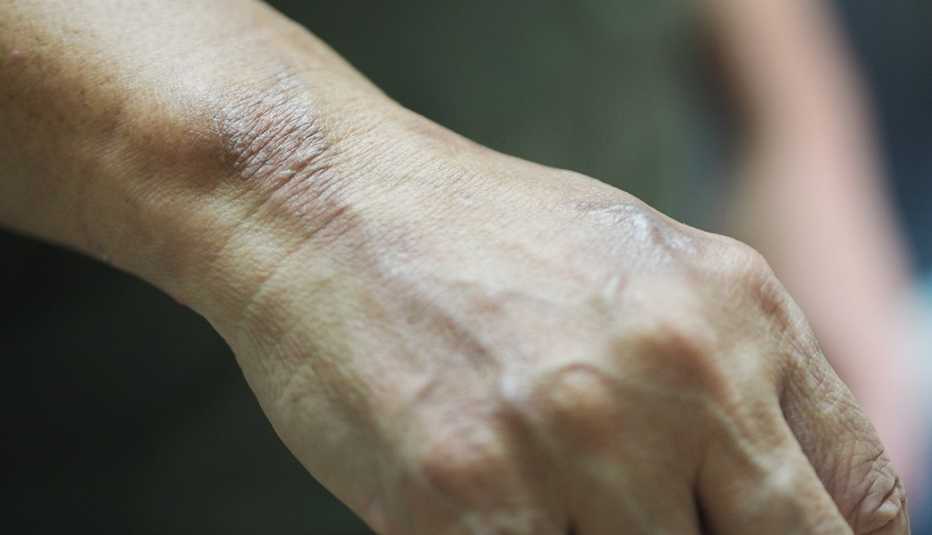Staying Fit


Although historically uncommon in the United States, an increasing number of leprosy cases are being diagnosed in the Southeast — and in particular central Florida — where the disease appears to be spreading outside the traditionally known paths of transmission, according to the Centers for Disease Control and Prevention (CDC).
“The number of reported cases has more than doubled in the southeastern states over the last decade,” the CDC said in a recently published research letter. And evidence is mounting that leprosy, also known as Hansen’s disease, has become endemic in the region and in particular in central Florida, which accounts for about a fifth of the nation’s annually reported cases.


AARP Membership— $12 for your first year when you sign up for Automatic Renewal
Get instant access to members-only products and hundreds of discounts, a free second membership, and a subscription to AARP the Magazine.
Symptoms of leprosy
Leprosy is a bacterial disease that primarily affects the skin and peripheral nervous system. According to the National Hansen's Disease Program in Baton Rouge, Louisiana, early signs of infection can include:
- Pale or slightly red areas, or a rash on the arms, legs or torso.
- Decreased sensation to touch in the area of the rash.
- Loss of feeling in the hands or feet.
- Thinning of the eyebrows or eyelashes.
Left untreated, the CDC says symptoms of advanced leprosy can progress to paralysis and crippling of the hands and feet; shortening of toes and fingers; chronic ulcers on the bottoms of the feet; blindness; loss of eyebrows; and nose disfigurement.
Where is leprosy found?
Cases of leprosy peaked in the U.S. in 1983. There was a drastic decline in reports from the 1980s through 2000, but since then, the numbers have gone up. In the past decade, incidents have more than doubled.
In 2020, there were 159 cases reported in the U.S. Six states accounted for two-thirds of those cases: Florida, California, Louisiana, Hawaii, New York and Texas, according to the National Hansen's Disease Program.
Leprosy is more common outside the U.S. Based on World Health Organization (WHO) data, Brazil, India and Indonesia are the nations reporting the highest number of new cases annually, with more than 10,000 apiece.
How does it spread?
Leprosy is not highly contagious, and more than 95 percent of people have a natural immunity to it. It also responds well to treatment with antibiotics, according to the National Hansen’s Disease Program. “Prolonged person-to-person contact through respiratory droplets is the most widely recognized route of transmission,” the CDC says.
Health researchers have found evidence suggesting a strong likelihood of zoonotic transmission of leprosy — catching the disease from animals — in the southern U.S. The same unique strain of M. leprae (the bacteria behind leprosy) has been found in both humans and armadillos in the region.
People coming to the U.S. from regions where leprosy commonly occurs have also been a historic route for the disease. However, the CDC has found the rates of new diagnoses in persons born outside of the U.S. has declined since 2002, suggesting leprosy is now endemic in Florida.



































































More From AARP
6 Most Common Skin Conditions After You Turn 70
Most older adults require treatment for at least one skin ailment
Skin Tags: What They Are and When You Should Remove Them
How to safely rid yourself of these harmless growths if they irritate you
The Genetic Eye Disease That Worsens With Age
Symptoms, causes and treatments of Fuchs' dystrophy